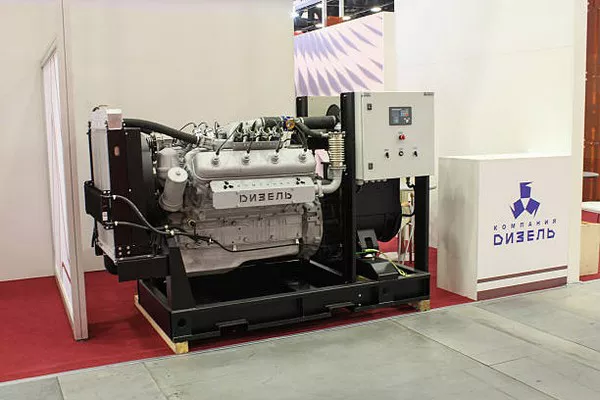When installing a 22kW generator, one of the critical considerations is the size of the gas line. An appropriately sized gas line ensures optimal performance, efficiency, and safety of your generator. In this article, we will explore the factors influencing gas line size, the calculations needed to determine the appropriate size, and best practices for installation.
Understanding Generator Fuel Requirements
What is a 22kW Generator?
A 22kW generator is a powerful backup system designed to provide electricity for residential or commercial use during outages. These generators typically run on natural gas or propane, making it essential to have the correct gas line size to meet their fuel demands.
Fuel Consumption of a 22kW Generator
The fuel consumption of a 22kW generator varies based on its load. On average, a 22kW generator consumes approximately:
Natural Gas: About 2.5 to 3.5 cubic feet of gas per hour at full load.
Propane: Approximately 1.6 to 2.5 gallons per hour at full load.
These figures can fluctuate based on the generator’s efficiency, load demands, and operating conditions.
Factors Influencing Gas Line Size
Several factors impact the gas line size required for a 22kW generator:
Distance from the Gas Source: The longer the distance from the gas supply, the larger the gas line must be to compensate for pressure loss.
Type of Fuel: Natural gas and propane have different properties, affecting the size required. Propane typically requires a larger line due to its higher pressure and density.
Altitude: Higher altitudes can affect gas density and pressure, which may necessitate adjustments to gas line sizing.
Generator Load: The electrical load connected to the generator influences its fuel consumption and, consequently, the gas line size.
Temperature: Ambient temperature can affect gas pressure and flow rates, impacting gas line sizing.
Calculating the Required Gas Line Size
Step-by-Step Calculation
To determine the correct gas line size for your 22kW generator, follow these steps:
1. Determine the Generator’s Fuel Demand
Using the generator’s specifications, find the fuel consumption rate at full load (usually provided in the manual).
2. Measure the Distance
Measure the distance from the gas source (meter or tank) to the generator’s connection point. This distance will be crucial for determining the size of the gas line.
3. Identify the Type of Gas
Determine whether you are using natural gas or propane, as this will affect the calculation.
4. Use a Gas Line Sizing Chart
Refer to a gas line sizing chart to find the appropriate diameter based on the fuel demand, distance, and type of gas. Charts typically list the size of the gas line in inches or millimeters.
Example Calculation
Let’s assume a 22kW generator consumes 3 cubic feet of natural gas per hour and is located 50 feet from the gas meter.
Fuel Demand: 3 cubic feet/hour
Distance: 50 feet
Type of Gas: Natural Gas
Using a gas line sizing chart, for 3 cubic feet per hour at a distance of 50 feet, you might find that a 1-inch diameter gas line is suitable.
Best Practices for Gas Line Installation
Selecting the Right Material
Gas lines can be made from various materials, including:
Steel: Durable and suitable for underground installations, but can be more challenging to work with.
Copper: Flexible and easy to install, but typically used for smaller lines.
CSST (Corrugated Stainless Steel Tubing): Lightweight and easy to install, ideal for residential applications.
Installation Guidelines
Follow Local Codes: Always adhere to local building codes and regulations when installing gas lines.
Use Proper Fittings: Ensure all fittings and connections are rated for the type of gas being used.
Test for Leaks: After installation, conduct a pressure test to check for leaks.
Professional Installation: For safety, consider hiring a licensed professional to handle the installation.
Safety Considerations
Understanding Gas Risks
Working with gas lines can pose risks, including:
Gas Leaks: A potential explosion hazard; always check for leaks.
Carbon Monoxide: Ensure proper ventilation when operating generators.
Safety Equipment
Always have the following safety equipment on hand:
Gas Detectors: To alert you of any leaks.
Fire Extinguisher: Rated for gas fires.
Personal Protective Equipment (PPE): Including gloves and safety glasses.
Conclusion
Choosing the right gas line size for your 22kW generator is essential for ensuring its efficiency and safety. By understanding the factors influencing gas line size and following proper calculations and installation practices, you can optimize your generator’s performance. Always prioritize safety and consult professionals when necessary to ensure your installation meets all regulations and guidelines. With the right setup, your generator will be ready to provide reliable power when you need it most.
Related topics:

